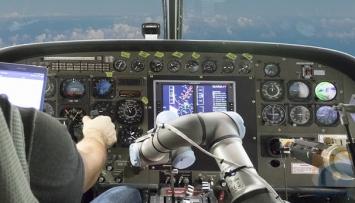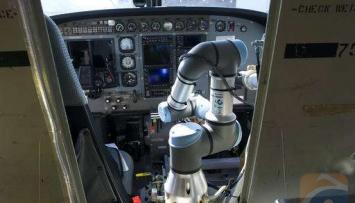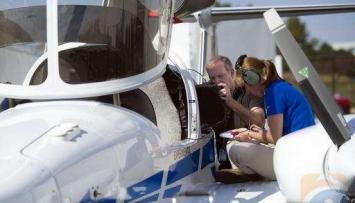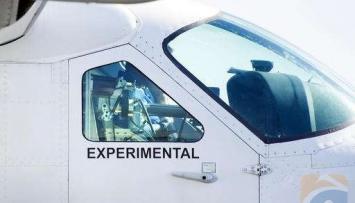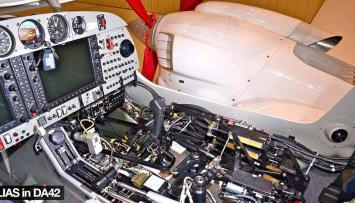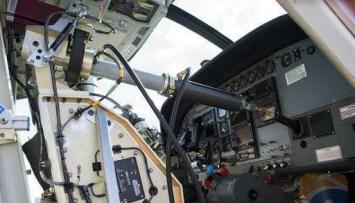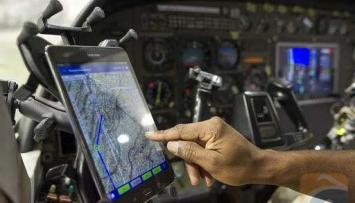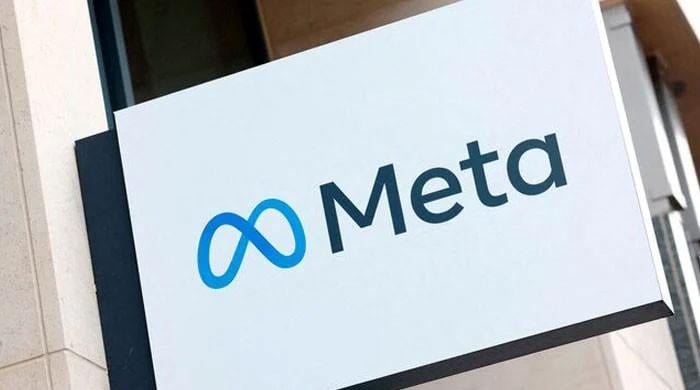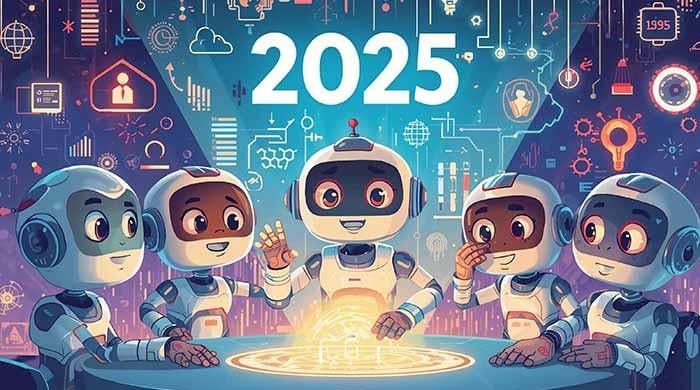RoboCap, the pilot of the future?
In the near future self-driving cars will become a reality with major automobile manufacturers already testing their prototypes.
Commuting will become effortless and some say it will be...
October 24, 2016
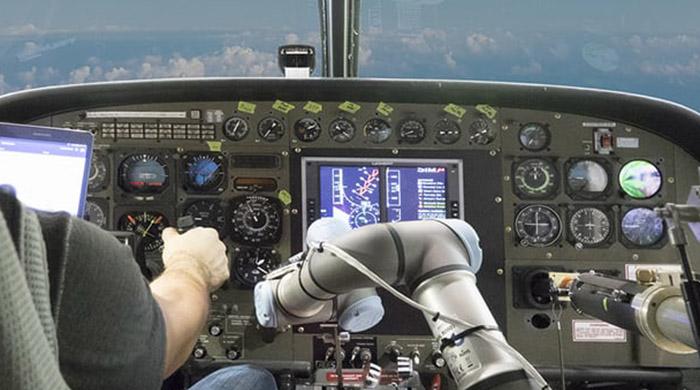
In the near future self-driving cars will become a reality with major automobile manufacturers already testing their prototypes.
Commuting will become effortless and some say it will be safer than having a human sitting behind the wheel. Regulators too have started debating and discussing regulations that will govern self-driving cars when the manufacturers are ready to go public with their offerings.
With the role of the driver in jeopardy, next in line is the pilot. Yes, the airline pilot.
For a casual onlooker the Cessna Caravan rolling down the airstrip in Manassas, VA was just another single-engine plane taking off.
Inside the cockpit on the right seat there was no pilot, instead occupying the seat was ALIAS a robot with tubes and pipes and claws was flying the plane following instructions fed through a tablet by a human pilot sitting on the left seat.
ALIAS or Aircrew Labor In-Cockpit Automation System aims to replace the second pilot in a two-person cockpit configuration. The Cessna flight was demonstration to show that replacing the co-pilot is not only possible but a good idea as well.
Imagine, a co-pilot that never tires, doesn’t stress, doesn’t get distracted and never has mood-swings.
Advocates for robot pilots even foresee a future when the cockpit will have no humans and robots will manage the entire operation.
The ALIAS project is funded by the Defense Advanced Research Projects Agency more commonly known as DARPA and is being run by Aurora Flight Sciences.
ALIAS aims to help military and private airlines address the increasing shortage of pilots while at the same time making flight operations efficient and safer with a robot in the cockpit.
Aurora’s argument is, that a robot taking over most of the mundane workload will free the human pilot to make strategic decisions.
"It's really about a spectrum of increasing autonomy and how humans and robots work together so that each can be doing the thing that its best at," said John Langford, Aurora's chairman and CEO.
The idea of a robot piloting your next flight from Karachi to New York might leave you a little uneasy but considering most flights already operate on autopilot with computers flying the plane and the human pilot only performing stints during take off and landing – its not such a bad idea.
ALIAS will be all the existing autopilot is and more. An array of cameras enables ALIAS to see and monitor the cockpit. It can read gauges, it can see if a switch is on of off and flip it if needed.
Langford says ALIAS "can do everything a human can do" except look out the window, adding that in time it will be able to do that too.
The genius pilot
In some ways ALIAS will be better than any human co-pilot one could wish for. Armed with knowledge of every flight hour in a particular aircraft the robot an carry out checks instantly. Langford termed ALIAS to be like flying with a co-pilot genius adding, "it's like having a human pilot with 600,000 hours of experience."
Red tape
ALIAS has already been tested on a Diamond DA-42 earlier this year and after the Cessna test the team at Aurora plans on installing it in a Bell UH-1 helicopter so the delays most likely won’t be because of the tech.
Like plug and play devices the ALIAS can be deployed in any existing aircraft, even vintage planes that predate avionics. The problem lies in rewriting existing Federal Aviation Administration (FAA) regulations where even a slight change can take years.
DARPA’s project manager expects ALIAS to replace human pilots in a few decades but Langford believes the transition will take place sooner.
Pilot unions off course have expressed their skepticism arguing that a robot will be no match for an experienced human pilot.
Ovais Jafar is a Multimedia Journalist, he tweets as @ovaisjafar
